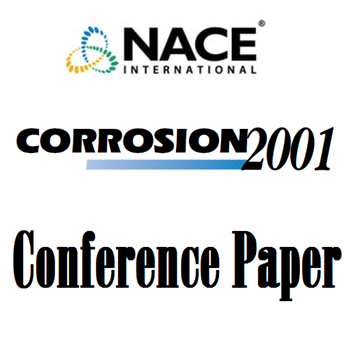Search
96596 CHARACTERIZATION OF EQUIPMENT DEFECTS AND IN-SERVICE DAMAGE USING NON DESTRUCTIVE MATERIAL EVALUATION TOOLS AND INSPECTION TECHNIQUES
Also Purchased
96598 EFFECT OF AXIALLITY OF STRESS STATE ON HYDROGEN CRACKING KINETICS IN METALS- TROIANO REVISITED
Product Number:
51300-96598-SG
ISBN:
96598 1996 CP
$20.00
00615 INSPECTION AND INTERPRETATION USING JOINT STANDARD NACE NO. 5/SSPC SP-12
Product Number:
51300-00615-SG
ISBN:
00615 2000 CP
$25.00
01428 INSPECTION OF HOT DIP GALVANIZED ARTICLES
Product Number:
51300-01428-SG
ISBN:
01428 2001 CP
Publication Date:
2000
$20.00




